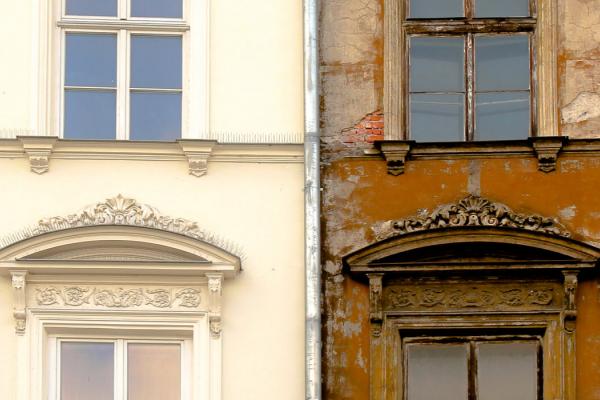TO LOOK AT HIM, you know he’s lived a hard life. With ridges creasing his 27-year-old face, my cousin Shack looked me in the eye during a family gathering and helped me understand how hopeless he feels. The people in his Newark, N.J. neighborhood are being pushed out of their community. The Whole Foods and condos that are moving in are raising the costs of rent and food. The neighborhood’s old guard can’t keep up. This is the case in almost every city across the country. In my own neighborhood—Petworth in Washington, D.C.—I have watched condos rise around me and Starbucks and small bistros move in over the last six years. When I moved here in 2011, taxi drivers and community veterans told me that, until recently, they considered Petworth one of the most dangerous and impoverished neighborhoods in D.C. Gutted by the violent uprising in response to the assassination of Martin Luther King Jr. in 1968, the adjacent neighborhood Columbia Heights lay abandoned by city services and industry, and given over to poverty and violence, for more than three decades. When the city decided to develop Columbia Heights, it was only a matter of time before they would do the same to Petworth. “But gentrification is not the problem,” Shack said. “Poverty is the problem.” I heard those words and I wanted to push back. The anti-poverty advocate in me wanted to say, “Get with the program, cuz. Gentrification is the devil.” But Shack had a point, a good one. Obviously, repair and development of the neighborhood isn’t the problem—it’s the displacement of often-poorer people by more affluent people that usually goes with it. These neighborhoods should have been repaired and developed decades ago according to the desires of their homeowners and residents.
Read the Full Article

